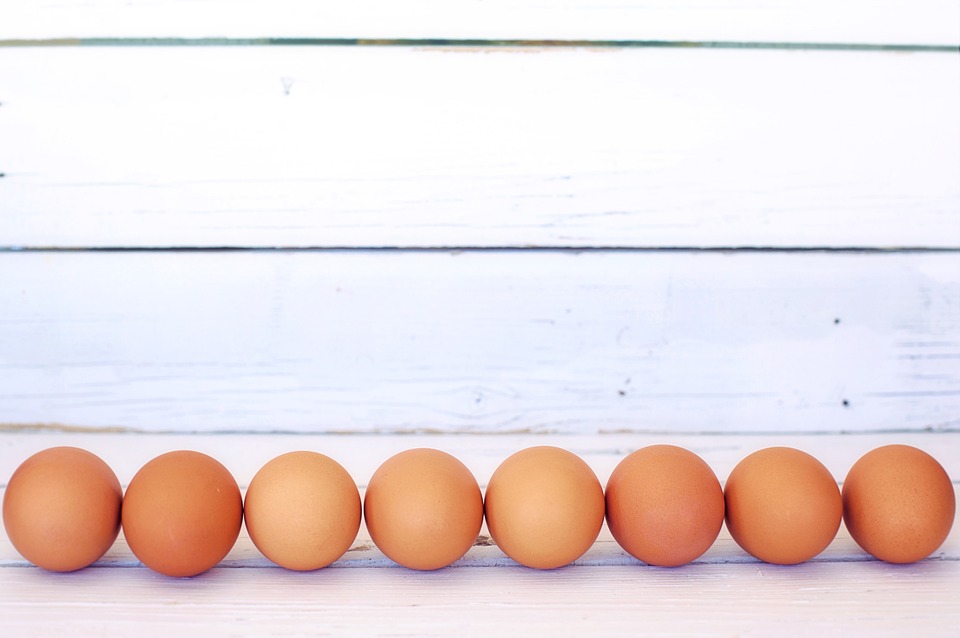
Egg Me On
Simplest Foods, Quality Protein, No Labels to Read, Gluten Free, Cheap, Pure and Uncomplicated. The simple egg. Many different species lay eggs to reproduce, but when we think of eggs, we think of birds, especially chickens. The first consumed eggs came from birds, which were eaten long before recorded history, among many different cultures. Easily collected anywhere birds make their nests. Eventually chickens were domesticated from the native birds of Southeast Asia and India, probably before 7500 BC.
In the country of India, the domestication of wild birds took place around 3200 BC, followed by the Egyptians and Chinese who began to see the value of having fresh eggs available daily. Europe was a bit slower, as history says chicken appeared around 600 B.C. (probably in France. They wanted to start making those popular omelets and mayonnaise.) Before chicken, wild quail eggs were eaten a lot, if one was lucky enough to find them in the woods. These days, quail eggs are considered a delicacy and are not part of the daily cuisine of most countries. However, Asians in particular enjoy the eggs of other birds, but Americans tend to stick to chicken eggs. By the way, there is no difference between white and brown eggs, they just come from a different batch of chickens. (It is not surprising that the French will not buy white eggs, they consider them inferior.) The color of the egg yolk varies according to the chicken’s diet. It is common to feed laying hens corn and marigolds to produce a golden yellow colour. (Should I make that up?)
When Christopher Columbus set sail to discover a new world, there were indications of a perching bird on board. And you can be sure that chickens were running around on deck when the Mayflower landed in Massachusetts in 1620. Colonists used eggs as a staple ingredient in their cooking and baking, and eggs could be collected daily throughout the year for much-needed food.
In the late 19th century, dried eggs began to emerge as a suitable substitute and increased dramatically during World War II to feed troops on the go. To prevent cracking during shipping, the egg tray was invented by a hardworking Canadian in 1911. Surprisingly, China is the main source of chicken eggs, recording 25 million tons (not eggs) annually. The United States comes in second, producing nearly 6 million. US consumption has fallen from 404 eggs per person per year in 1945, to 220 in 1991. Now it’s increasing again, we eat about 250 eggs per person per year.
Decades ago, eggs got a reputation for being dangerous to cholesterol. Fuggedaboutit. There is no cause for concern. Forty years of testing have concluded that eating eggs has little or no effect on a person’s heart health, since saturated fat is most likely the culprit in raising blood cholesterol. If you’re still not convinced, opt instead for egg whites only, with a nicely peeled yolk. Egg whites can be very tasty, add some chopped greens, a little cheese, and you’ll have a nutritious, high-protein meal.
When you think about it, the egg is really amazing. Egg yolks make for rich, pudding custards and mousses. Scrambled eggs make beautiful meringues and angel food. They’re a vital part of baking, breakfast meals, sandwich fillings, salad dressings, and even being mixed into Asian fried rice and soups. Their uses are endless, and they grace every nook and cranny of our kitchens. So thanks for that first chicken. Or was that the first egg?

